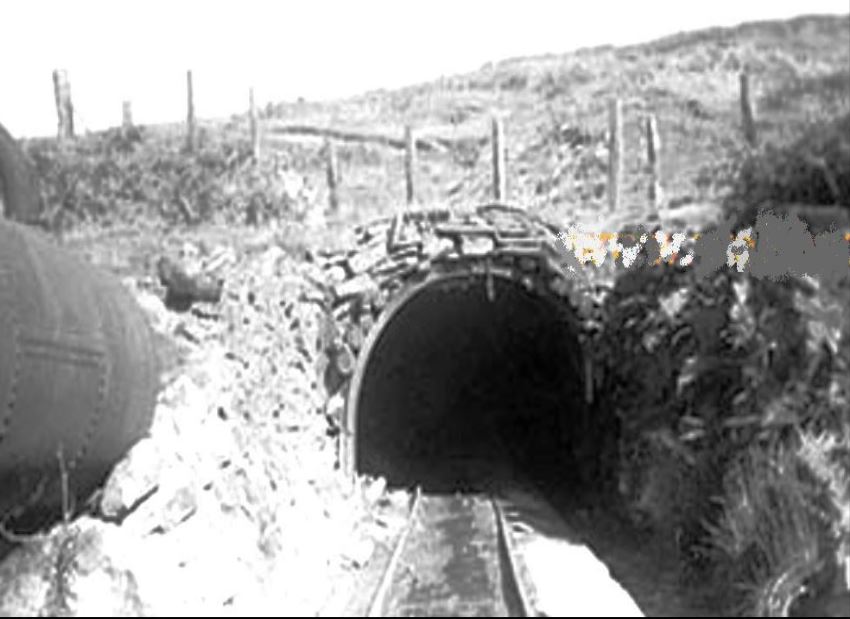 Varteg, Afan Lwyd Valley SO239063, Fan Drift SO236066.
Varteg, Afan Lwyd Valley SO239063, Fan Drift SO236066.
Opened in 1907 by the Varteg Deep Black Vein Collieries Limited and originally called Varteg Red Ash Level. (The original Red Ash was at 259069)
This was a drift in the Red Ash (Brithdir) seam that was opened in 1922 and worked by John Vipond and Company and employed 44 men working underground and 4 men at the surface of the mine in 1930 when the manager was R. Jones. It employed 9 men working on the surface of the mine and 86 men working underground in 1935. It was bounded by Cwmtillery Colliery to the west, Big Pit to the north, the outcrop of the Coalfield to the east, and Deakins Colliery to the south. It had an Uskside 70 hp steam engine to haul the coal out of the drift which was in a north-westerly direction.
Underground equipment was driven by compressed air supplied from the Varteg Hill Colliery. It was adversely affected by very wet conditions every time there was heavy rainfall in the area.
Six miners died in underground accidents at this colliery up to 1947, five of them under roof falls. On Nationalisation of the Nation’s coal mines in January 1947, Varteg Red Ash Colliery was placed in the National Coal Board’s, South Western Division’s, No.6 (Monmouthshire) Area, and at that time employed 15 men working on the surface of the mine and 72 men working underground, the manager was H.D. Connick. It closed in that year. At that time the mine was working the Back District to the east of the Blaenavon fault and the Hard Heading District which was west of the Blaenavon fault and east of the Clydach Bridge fault.
The work was by machine-cut headings and stalls. It was estimated that there were 404,000 tons of coal left to be mined mainly from the Hard Heading District but this district was going to the deep and pumping of large amounts of water would have made it uneconomic.
In 1935 (now owned by John Vipond and Company) it employed 9 men on the surface and 86 men underground working the Red Ash (Brithdir) seam.
On Nationalisation in 1947 it was placed in the National Coal Board’s South Western Division’s No.6 (Monmouthshire) Area, and at that time employed 15 men on the surface and 72 men underground. Produced 16,000 tons of coal in 1954, and 17,714 tons of coal and employed 100 men in 1955. It was closed on the 24th of September 1956.
Information supplied by Ray Lawrence and used here with his permission.
Return to previous page
